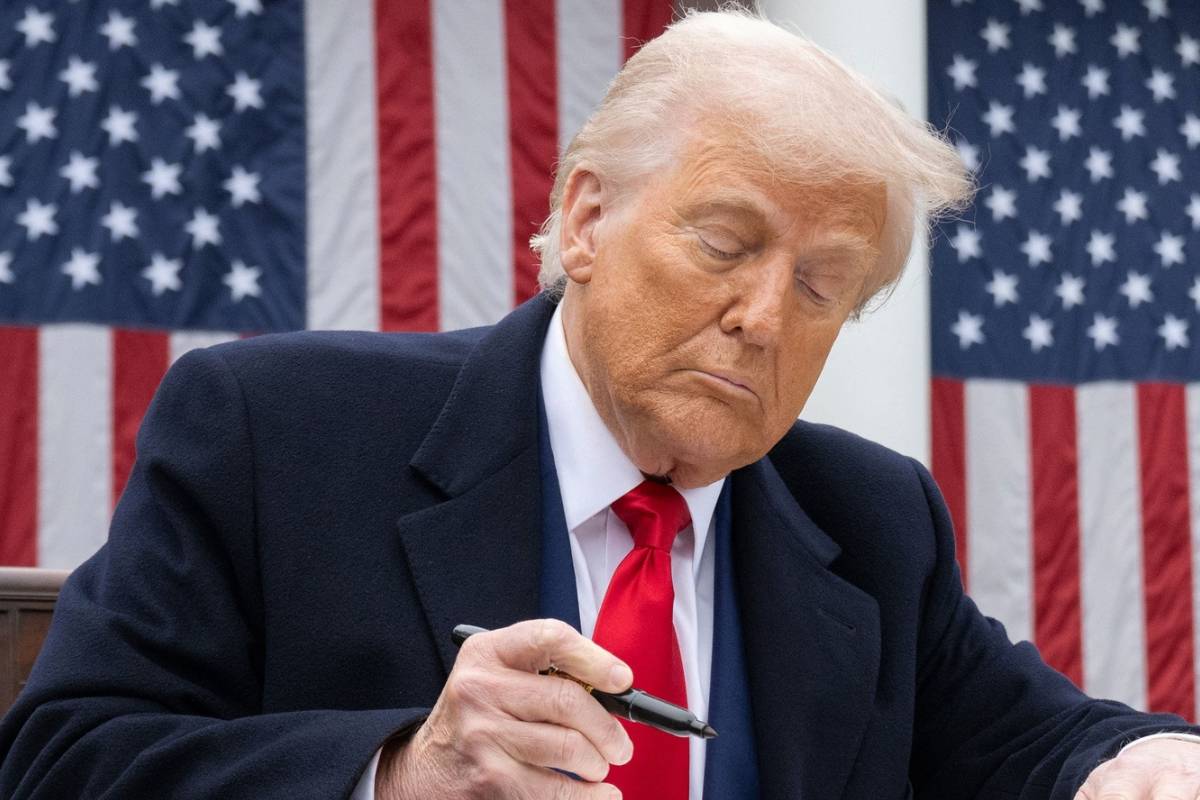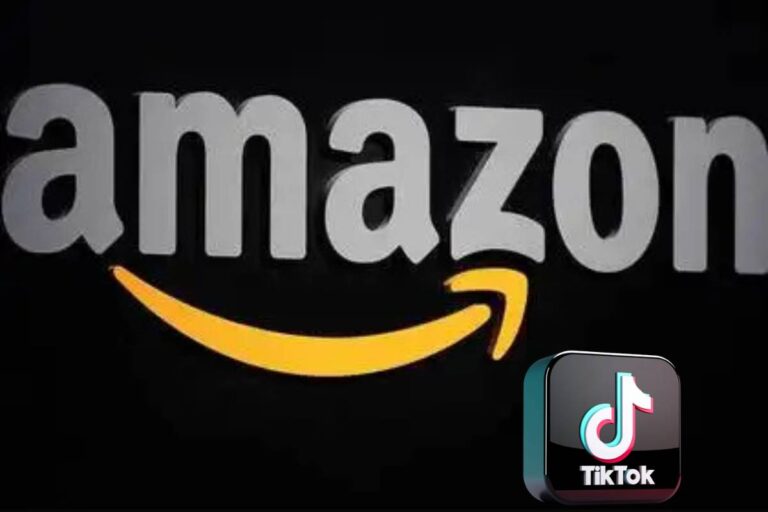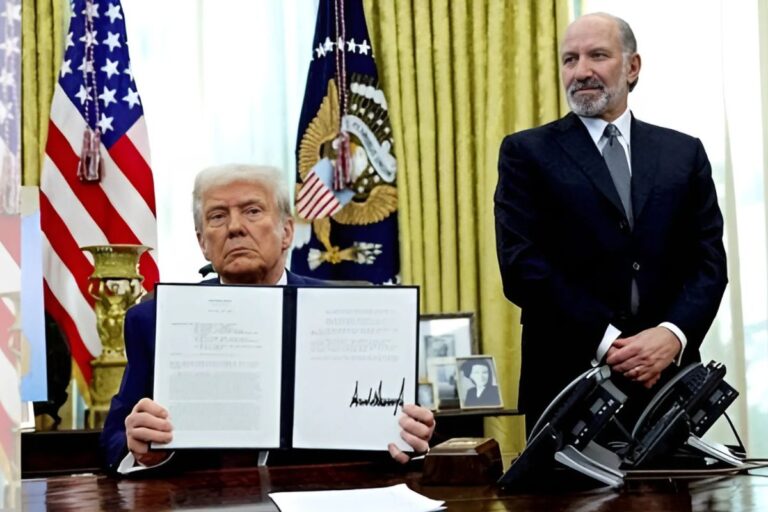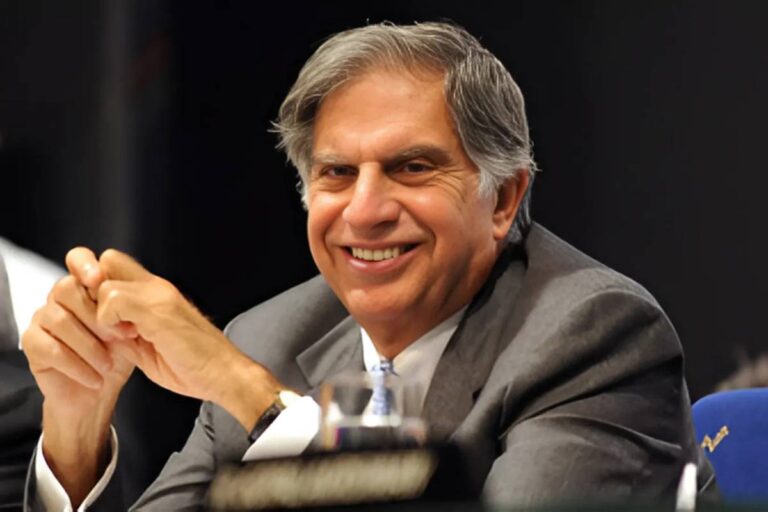The far-reaching new Trump tariffs on worldwide trading partners, a 27 percent import tax on imports from India, will strike pivotal sectors, from smartphones and diamonds to solar PV modules and fashion clothing. While the April 2 executive order does provide exclusions for select critical minerals, energy products, and medicines, a closer examination of the tariff categories and India’s first 100 exports reveals sparing relief.
Among them, only exports of petroleum oils derived from bituminous minerals (excluding crude), worth $4.4 billion in 2023-24, stand to benefit. Notably, none of India’s top pharma exports to the United States, which totaled $8 billion in FY24, qualify for exemption under the administration’s “discounted reciprocal tariffs”.
The newest tariffs also do not cover articles of steel and aluminum, and automobiles and automobile parts, on which the second Trump administration imposed earlier tariffs.
Pharma exports unlikely to benefit from exemptions
India’s major pharma exports to the US, such as omeprazole, lansoprazole, some gastrointestinal and anticancer drugs, phenytoin, and phenobarbitone, are not included in the list of exemptions.
Yet, as the 27 percent tariff declared on India, from April 9, is considerably lower or on par with that declared on other major pharma exporters in Asia, such as China (34 percent) and Japan (24 percent), there may be some respite for domestic exporters.
“We will brainstorm and discuss with our counterparts in the US shortly. Any kind of tariff imposed will be passed on to the end user. Indian exporters will have problems initially, but ultimately the tariff will be passed on to them,” a senior pharma representative told
Apparel exports could be the big gainer
India’s US apparel exports of over $7 billion during FY24 will also be affected. But the 46 percent duty on Vietnam and the 37 percent duty on Bangladesh, are expected to bestow Indian exporters with a competitive advantage.
“Even after the sharp increase of tariff for India, it prima facie appears to be a case of India’s advantage for the Apparel industry, as our key competing nations such as China, Bangladesh, Vietnam, Cambodia, and Sri Lanka have been slapped higher retaliatory tariffs by the USA,” Mithileshwar Thakur, secretary general of Apparel Export Promotion Council (APEC) stated.
The present Trump Tariff, though, provides the tariff-based advantage to Brazil, Turkey & other readymade apparel-exporting EU nations such as Italy, Germany, and Spain. However, considering the inherent strength of the Indian apparel industry in terms of the availability of the entire value chain and the wide portfolio of its offerings, my early view is that it will finally work in favor of India and we should prepare ourselves to take advantage of this opportunity,” Thakur stated.
Increased tariff on Vietnam may increase smartphones, solar modules exports
The increased tariffs will also impact India’s exports of diamonds to the US, valued at over $9 billion in FY24, as well as mobile phone shipments worth more than $5 billion and solar PV modules worth approximately $2 billion. Being one of the major markets for both smartphones and solar modules, the increased duties are a massive challenge. Yet, considering Vietnam’s dominance in the two sectors, the tariff advantage could prove to be India’s USP.
In March later, the Trump administration issued a 25 percent tariff on cars and auto components that would be effective from April 3. The tariffs put a shadow of doubt on India’s $7 billion automobile component exports to the US and their growth prospects in North America.
Earlier, it had also imposed a 25 percent duty on steel articles and aluminum articles from March 12. Although the US was just sixth on the list of destinations for India’s iron and steel exports worth $476 million in FY24, it was also the largest single market for iron and steel articles with exports reaching $2.8 billion during the same period.











